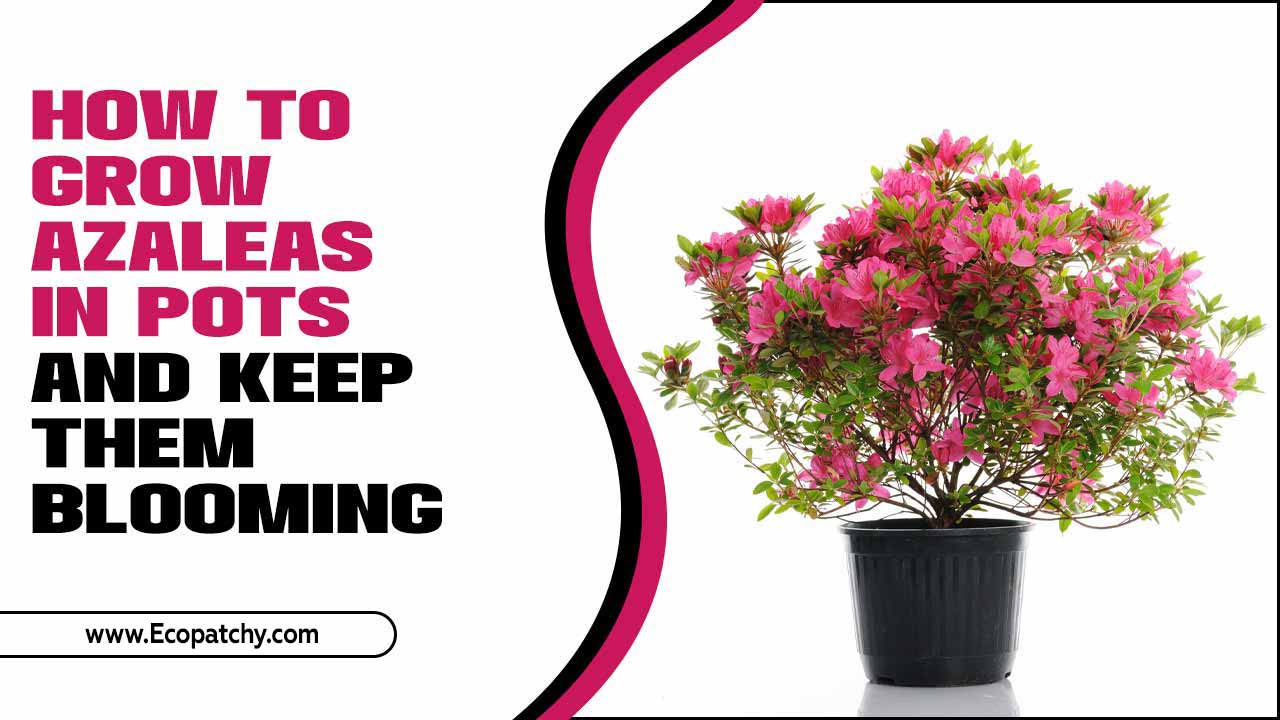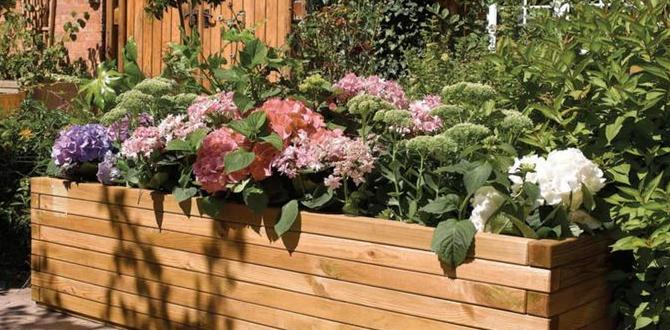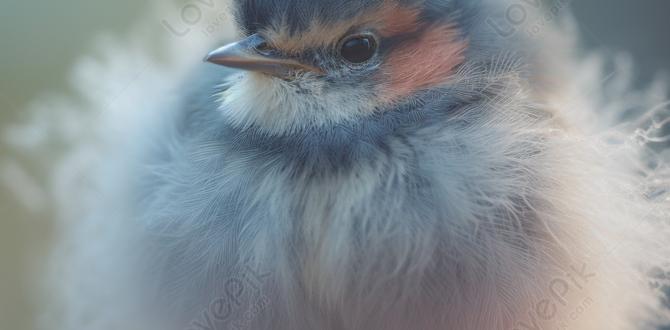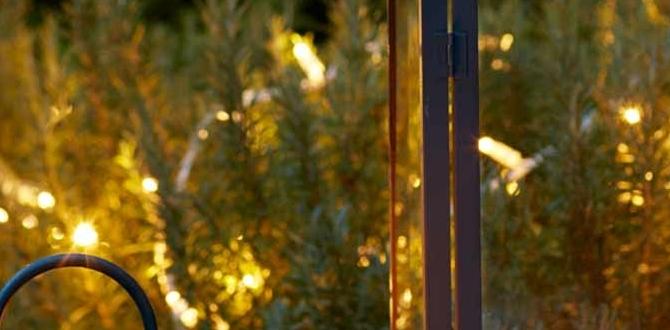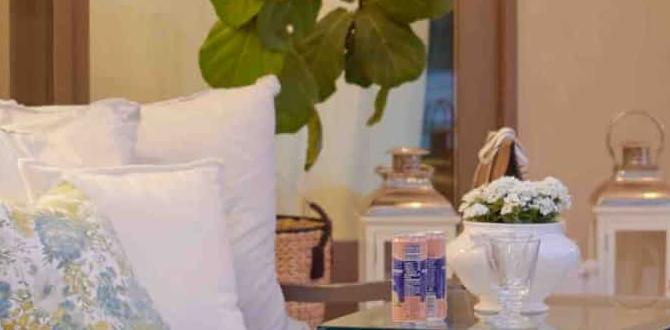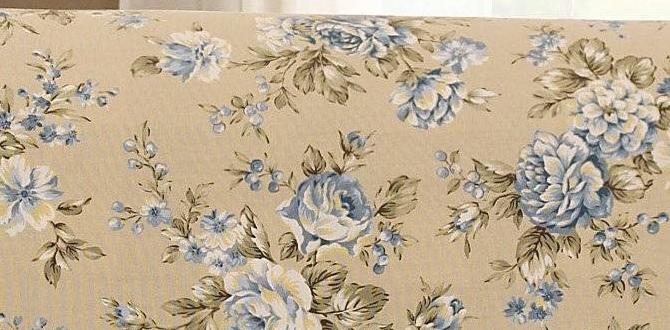Have you ever wanted to grow your own vegetables but felt unsure where to start? You’re not alone! Many people dream of a fresh garden full of tasty vegetables. The good news is you can make that dream a reality with container vegetable gardening for beginners.
Picture this: a sunny balcony or a small patio, filled with pots bursting with colorful tomatoes, crisp lettuce, and fragrant herbs. Doesn’t that sound amazing? You don’t need a big yard or fancy tools to begin this journey. Container gardening is simple and fun!
Did you know that you can grow vegetables in just about any container? You can use old buckets, stylish pots, or even recycled tin cans. The possibilities are endless! This method allows you to enjoy fresh veggies right at home.
In this article, we will explore easy tips and tricks for getting started with container vegetable gardening. Whether you have a green thumb or are starting from scratch, you can learn how to grow delicious vegetables. Let’s dig in and discover the joy of gardening!
Container Vegetable Gardening For Beginners: A Starter Guide
Container Vegetable Gardening for Beginners
Container vegetable gardening is a fun and easy way to grow your own food. You don’t need a huge yard; just a few pots will do! Anyone can start with basic containers, soil, and seeds. Imagine enjoying fresh tomatoes from your balcony! You can learn about sunlight and watering needs, which are essential for healthy plants. Plus, it’s great for small spaces. Did you know you can even grow carrots in a bucket? Start your green adventure today!What is Container Vegetable Gardening?
Definition and concept of container gardening. Benefits of container gardening for urban dwellers and beginners.Container vegetable gardening is a way to grow plants in pots or containers. This method is perfect for people with limited space, like city dwellers. It allows you to grow fresh veggies on patios or balconies. This type of gardening offers many benefits:
- Space-saving: You can easily fit pots in small areas.
- Easy access: Plants are within reach, making them easy to care for.
- Control: You can manage soil, water, and light better.
- Decorative: Colorful pots can brighten up your space.
Container gardening is a fun and rewarding hobby for beginners. You’ll enjoy gardening even if you have limited time or space.
What are the basics of container gardening?
The basics include choosing the right containers, good soil, and selecting the right vegetables for your climate.
Choosing the Right Containers
Types of containers: materials, sizes, and shapes. Factors to consider: drainage, insulation, and weight.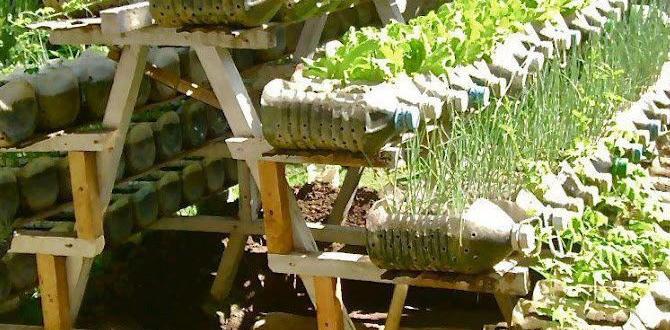
Picking containers is important for your garden. You can choose different types based on materials, sizes, and shapes. Common materials include plastic, clay, and wood. Each has unique benefits. Ensure your container has good drainage holes to let out extra water. Think about insulation for hot or cold weather. Remember to consider the weight of your container, especially if you need to move it often. Here are some types to consider:
- Plastic: Lightweight and colorful.
- Clay: Looks nice but can crack.
- Wood: Natural look, but it needs care.
What type of container is best for vegetables?
Plastic containers work well because they are light and easy to move.Things to check:
- Drainage holes
- Sunlight access
- Size for your plants
Essential Tools and Supplies
Basic gardening tools for container gardening. Recommended soil types and fertilizers for containers.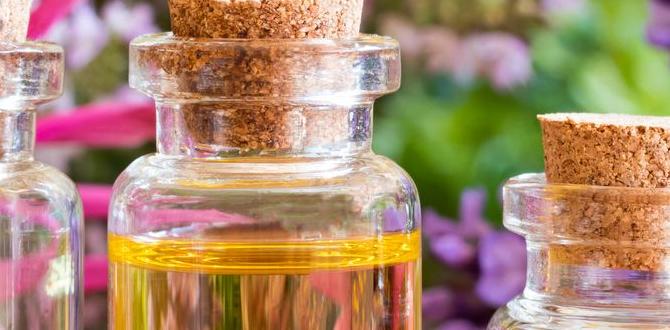
Starting container gardening is fun and easy! You need some basic tools to get going. Here are the essentials:
- Planters: Choose pots or containers with holes for drainage.
- Soil: Use potting mix designed for container gardens.
- Fertilizers: Look for balanced fertilizers to help your plants grow.
- Watering can: A watering can is great for keeping your plants hydrated.
- Hand tools: Small tools like trowels help you plant seeds and dig.
With these tools and supplies, you’ll be ready to grow healthy veggies!
What soil is best for container gardening?
The best soil for container gardening is a potting mix. It provides good drainage and nutrients. You can also find special mixes for vegetables. This helps plants grow strong and healthy.
Selecting Vegetable Varieties for Containers
Best vegetables to grow in containers. Tips for companion planting in limited space.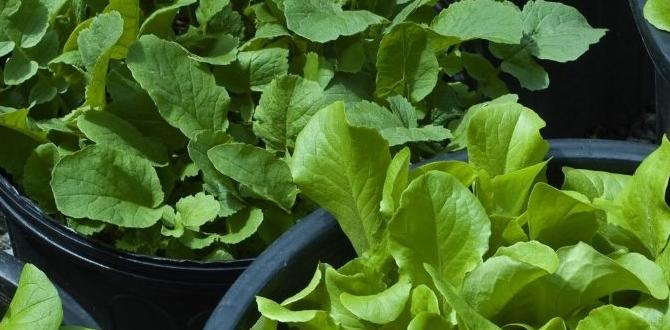
Growing vegetables in containers can be fun and rewarding. Some of the best vegetables to grow include lettuce, tomatoes, and radishes. They are easy to manage and thrive in pots. For more variety, consider using companion planting. This means placing plants together that help each other. For example, basil can boost tomato growth. Here’s a simple list of great container vegetables:
- Lettuce
- Tomatoes
- Radishes
- Basil
- Peppers
Planting Techniques and Tips
Stepbystep guide to planting seeds and seedlings. Common mistakes to avoid during planting.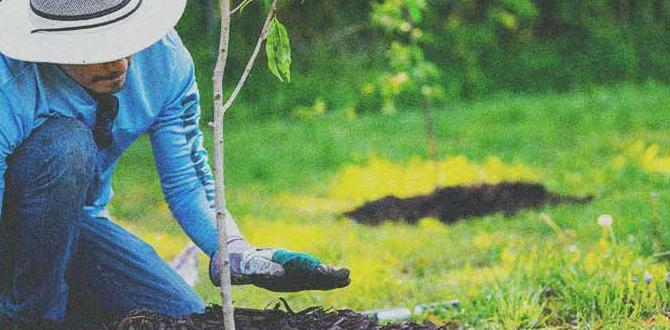
Planting seeds is easy, like placing tiny treasures in a mini garden! Start by choosing your container. Make sure it has holes for drainage—your veggies don’t want to swim! Fill it with potting soil, then plant your seeds or seedlings at the right depth. Remember, every seed wants space to grow!
Many beginners forget to water. Plants need drinks too! Avoid overwatering, as that can drown your greens. Keep an eye out for pests, those sneaky little rascals.
| Common Mistakes | How to Avoid Them |
|---|---|
| Not enough sunlight | Check if they’re getting 6 hours daily! |
| Overcrowding plants | Follow spacing guidelines for each type. |
| Ignoring nutrient needs | Use plant food as directed. |
With these tips, your container garden will thrive! Remember, every gardener makes mistakes; it’s all part of the fun. Get your hands dirty and happy planting!
Watering and Maintenance Practices
Best practices for watering container plants. Signs of overwatering and underwatering.Plants are like thirsty kids; they need water! For container veggies, a good rule is to water when the top inch of soil feels dry. This helps keep your plants happy and growing strong. Too much water? That’s like giving your plants a big splash—roots can drown. Signs include yellow leaves and mushy stems. Underwatered plants protest too, showing droopy leaves and dry soil. Think of your plants as fellow roommates; balance is key to a peaceful home!
| Watering Status | Signs |
|---|---|
| Overwatering | Yellow leaves, mushy stems |
| Underwatering | Droopy leaves, dry soil |
Pest and Disease Management
Common pests affecting container vegetables and how to manage them. Organic disease control methods suitable for beginners.
Pests can be tricky for container vegetable gardens. Common ones include aphids and spider mites. These little bugs can hurt your plants. To manage them, try washing your plants with water. You can also use insecticidal soap. This won’t harm the plants and is safe for beginners.
Diseases are another concern. Fungal diseases, like powdery mildew, can attack your veggies. For a quick fix, use a mixture of water and baking soda. It helps your plants stay healthy.
What are some simple ways to manage pests and diseases?
Simple methods include natural sprays and regular inspections of your plants.
- Check your plants regularly for any signs of pests.
- Use organic sprays for easy pest control.
- Keep your pots clean to avoid diseases.
Harvesting and Using Your Homegrown Vegetables
When and how to harvest different vegetable varieties. Tips for storing and cooking your homegrown produce.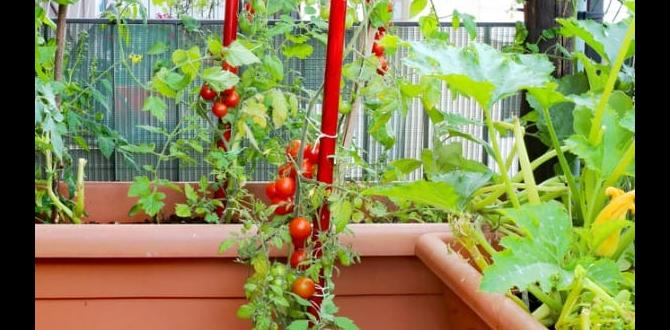
Harvesting your vegetables is a fun part of gardening! Each type of vegetable has its own time to be picked. For example, tomatoes are ripe when they’re fully colored. Carrots are ready when they reach a good size, which is usually three to four months after planting. Once you pick them, store them in a cool place to keep them fresh. Here are some tips for using your homegrown food:
- Cook vegetables soon after picking for the best taste.
- Try grilling or steaming for healthy meals.
- Store herbs in water to keep them fresh longer.
Enjoy cooking with your fresh veggies! It’s a great way to share your gardening success with family and friends.
When is the best time to harvest vegetables?
The best time to harvest is in the morning. This ensures that vegetables are firm and full of flavor.
Helpful Tips:
- Pick during cool hours for freshness.
- Check daily during the harvest season.
Advanced Container Gardening Techniques
Exploring vertical gardening and stacking containers. Hydroponics and other innovative container gardening methods.Taking your container gardening to the next level can be fun and exciting! Vertical gardening lets you grow more plants using less space. You can train your veggies to climb like they’re taking a hike! Stacking containers is a great way to add layers of color and flavor to your garden. Looking for something cool? Try hydroponics! It’s a soil-free method that uses water and nutrients instead. Imagine your plants sipping on a sweet smoothie instead of dirt! Check out the table below for some innovative methods:
| Method | Description |
|---|---|
| Vertical Gardening | Plants grow upwards, saving ground space. |
| Stacking Containers | Create layers of plants for diverse harvests. |
| Hydroponics | Grow plants in nutrient-rich water, no soil needed! |
These techniques make gardening more fun and productive. Plus, they make you look like a gardening genius!
Conclusion
In conclusion, container vegetable gardening is a fun and easy way to grow your own food. You can start with simple plants like tomatoes and herbs. Remember to choose the right containers and soil. Water regularly and give them sunlight. So grab your pots and seeds, and start gardening today! For more tips, check out beginner gardening guides online. Happy gardening!FAQs
What Types Of Vegetables Are Best Suited For Container Gardening, Especially For Beginners?For container gardening, some easy vegetables are tomatoes, peppers, and radishes. These plants grow well in pots. You can also try lettuce and green beans. They don’t need a lot of space. Plus, they’re fun to grow and taste great!
How Do I Choose The Right Size And Type Of Container For My Vegetable Garden?To choose the right container for your vegetable garden, think about the plants you want. Some plants need bigger pots, while others can grow in smaller ones. Make sure your container has holes at the bottom for water to drain out. You can use plastic, clay, or metal containers, but remember that some can get really hot in the sun. Pick a container that is easy for you to carry and move around!
What Type Of Soil Or Growing Medium Should I Use For Planting Vegetables In Containers?You should use potting soil for planting vegetables in containers. Potting soil is light and helps plants grow well. It has the right mix of dirt, nutrients, and air. You can also add compost to make it even better for your plants. Make sure the pot has holes for draining extra water!
How Often Should I Water My Container Vegetable Garden, And Are There Specific Watering Techniques That Work Best?You should water your container vegetable garden every day in hot weather. If it’s cooler, you can water every two or three days. Check the soil; if it feels dry, it’s time to water. Pour water slowly at the base of the plants so it soaks in well. This helps the roots drink the water better!
What Are Some Common Pests And Diseases To Watch Out For In Container Vegetable Gardening, And How Can I Manage Them?In container vegetable gardening, watch out for pests like aphids and snails. Aphids are tiny bugs that suck plant juice. You can spray them off with water. Snails munch on leaves, so pick them off by hand. For diseases, keep an eye out for mold on the soil. You can prevent it by not overwatering and using clean pots.
{“@context”:”https://schema.org”,”@type”: “FAQPage”,”mainEntity”:[{“@type”: “Question”,”name”: “What Types Of Vegetables Are Best Suited For Container Gardening, Especially For Beginners? “,”acceptedAnswer”: {“@type”: “Answer”,”text”: “For container gardening, some easy vegetables are tomatoes, peppers, and radishes. These plants grow well in pots. You can also try lettuce and green beans. They don’t need a lot of space. Plus, they’re fun to grow and taste great!”}},{“@type”: “Question”,”name”: “How Do I Choose The Right Size And Type Of Container For My Vegetable Garden? “,”acceptedAnswer”: {“@type”: “Answer”,”text”: “To choose the right container for your vegetable garden, think about the plants you want. Some plants need bigger pots, while others can grow in smaller ones. Make sure your container has holes at the bottom for water to drain out. You can use plastic, clay, or metal containers, but remember that some can get really hot in the sun. Pick a container that is easy for you to carry and move around!”}},{“@type”: “Question”,”name”: “What Type Of Soil Or Growing Medium Should I Use For Planting Vegetables In Containers? “,”acceptedAnswer”: {“@type”: “Answer”,”text”: “You should use potting soil for planting vegetables in containers. Potting soil is light and helps plants grow well. It has the right mix of dirt, nutrients, and air. You can also add compost to make it even better for your plants. Make sure the pot has holes for draining extra water!”}},{“@type”: “Question”,”name”: “How Often Should I Water My Container Vegetable Garden, And Are There Specific Watering Techniques That Work Best? “,”acceptedAnswer”: {“@type”: “Answer”,”text”: “You should water your container vegetable garden every day in hot weather. If it’s cooler, you can water every two or three days. Check the soil; if it feels dry, it’s time to water. Pour water slowly at the base of the plants so it soaks in well. This helps the roots drink the water better!”}},{“@type”: “Question”,”name”: “What Are Some Common Pests And Diseases To Watch Out For In Container Vegetable Gardening, And How Can I Manage Them? “,”acceptedAnswer”: {“@type”: “Answer”,”text”: “In container vegetable gardening, watch out for pests like aphids and snails. Aphids are tiny bugs that suck plant juice. You can spray them off with water. Snails munch on leaves, so pick them off by hand. For diseases, keep an eye out for mold on the soil. You can prevent it by not overwatering and using clean pots.”}}]}
